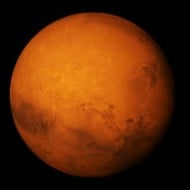Absolutely fascinating questions — and very glad to see them asked in a serious context.
There's a lot of historical depth to concepts like Schauberger's vortex dynamics or Searl's magnetic systems. But if we want to bring these ideas into the scope of modern theoretical physics, the key isn't to ask "where is the infinite energy?", but rather:
“What are the underlying spacetime dynamics that allow emergent effects like gravitation or inertia to appear as forces — and could those dynamics be modulated?”
Recent geometric approaches — including spiral-temporal drift models (SZG) and recursive field frameworks — suggest that:
- The vacuum isn’t empty, but a structured, anisotropic field with driftable properties.
Energy is not something that "runs out" but is a function of geometric configuration.
What we perceive as inertia or mass may be the anchoring of drift-based wave structures.
So while traditional physics sees gravitation as curvature from mass-energy density, there's increasing evidence that drift anchoring (via recursive metrics in φ(x,t)) might simulate gravitational wells — even without traditional mass.
Free energy, then, isn't a violation of thermodynamics — it's a reframing:
Systems can extract structure from ordered geometric drift — not “from nothing,” but from unrecognized symmetries.
Books like “Living Energies” and Paul LaViolette’s work are good instincts. But to get serious traction today, you'd want to also explore connections to:
- Nonlinear quantum carpets
Recursive space-time formalisms
Variational principles over spiral time fields
Happy to share more if there's interest — some of this is closer to being simulatable than most people assume.

_________________
If you want to finish too soon, you start - but perhaps with the end.












